Concrete concept: Casa Ramos draws inspiration from Case Study Houses

Mexican architect José Juan Rivera Río is a modernist at heart. Working with raw concrete, large expanses of glass, open plans and flat roofs, the DF-based architect is a master in creating spectacular, linear homes that produce the best cases of house envy. His latest offering, Casa Ramos, is a case in point.
Rivera Río sites the mid-1940s Case Study Houses programme – the Arts & Architecture magazine’s iconic and, at the time, experimental residential design series – as a main source of inspiration for this villa in Mexico City’s Miguel Hidalgo neighbourhood.
Sat within a triangular plot, the house defines its city block through its prominent position. Navigating an awkwardly shaped, angular site when trying to place a more sober, rectangular design could be tricky for some, but not for this architect’s expert hand. Positioning one side of the house parallel to the plot, not only ensures the building feels comfortably nestled within its surroundings, but also makes the most of the favourable south orientation and the green views beyond, which are now visible from the house’s common areas.
Spanning three levels, Casa Ramos features a garage basement that leads up to the leafy garden and main entrance. A garden-facing ground floor hosts the house’s living room, dining and kitchen area, and TV room. The top level includes the bedrooms and bathrooms. An upstairs terrace offers a connection to the outdoors for the more private areas of the house.
The light, glass-enclosed volumes give an impression of lightness to the whole, which appears to float above the verdant garden. At the same time, inside, stone, marble and dark woods create a warm, more homely atmosphere, and a luxurious feel that underlines the skill in which the architect made the most of the project’s relatively modest budget.

The house combines concrete and glass volumes that float above the garden’s rich foliage.
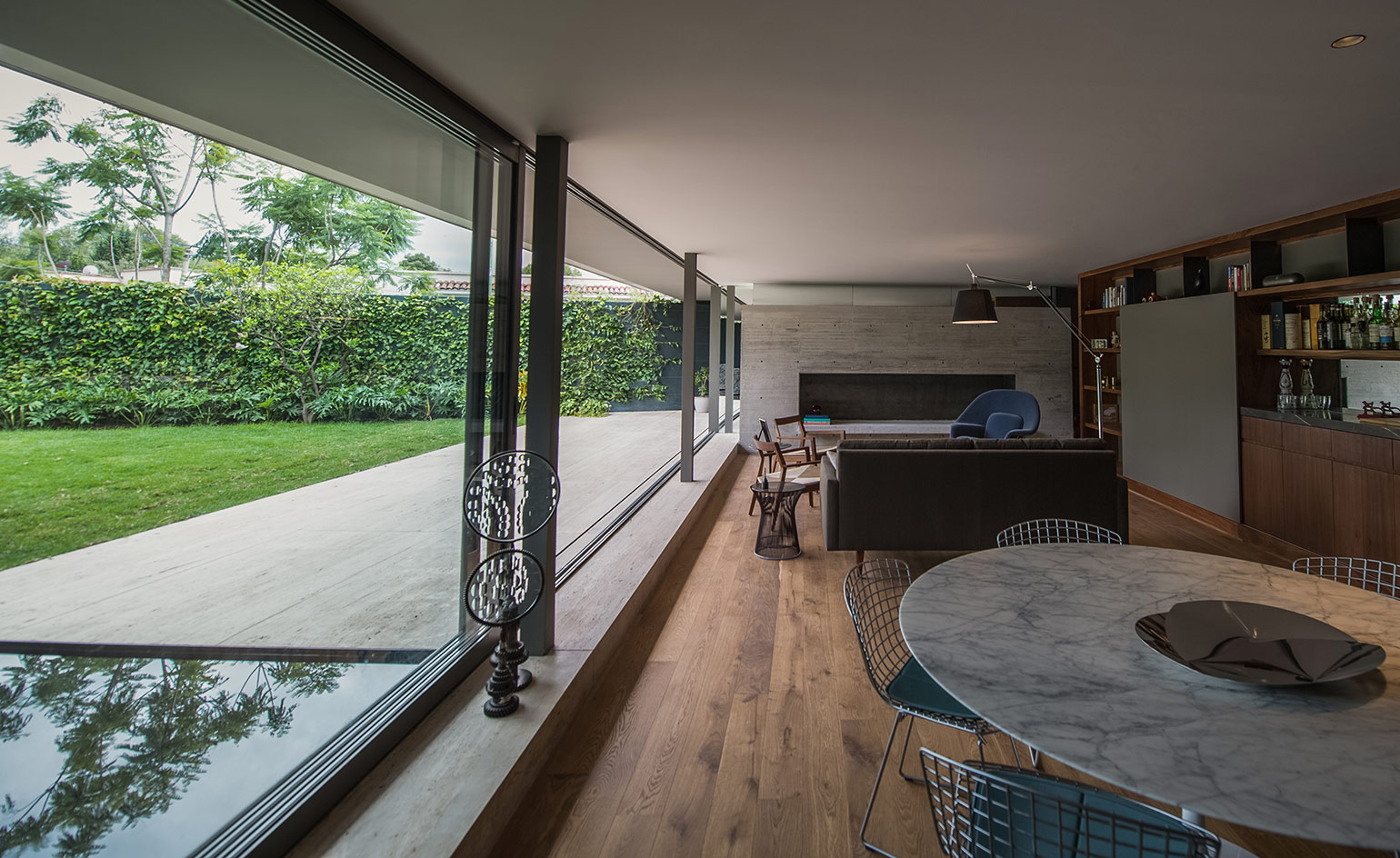
Timber-lined open plan living spaces that lead out into the garden.
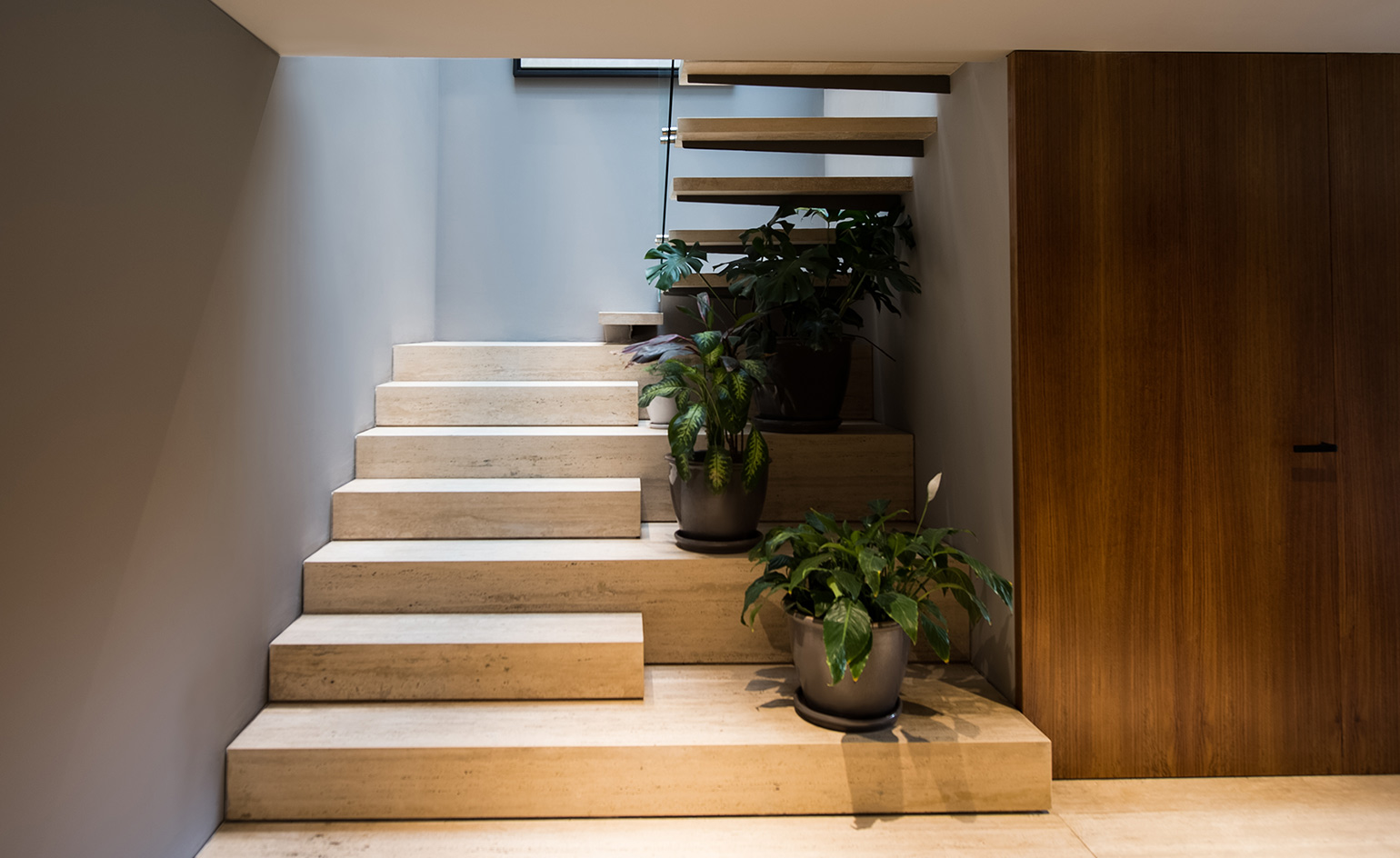
Using warm woods, concrete and stone, the architect created a modern, yet homely atmosphere inside the house.
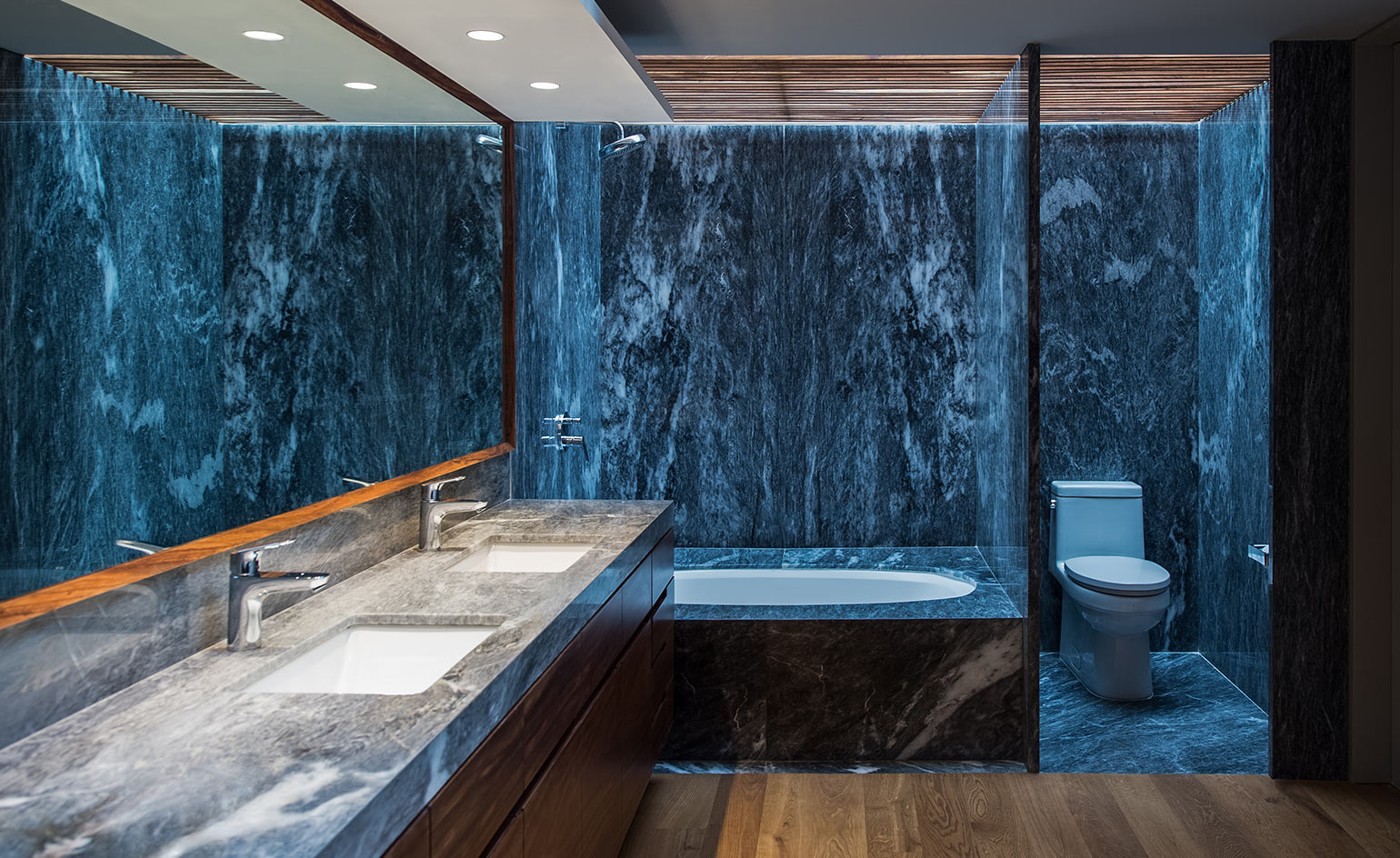
The top level hosts the more private spaces, such as the bedrooms and bathrooms.
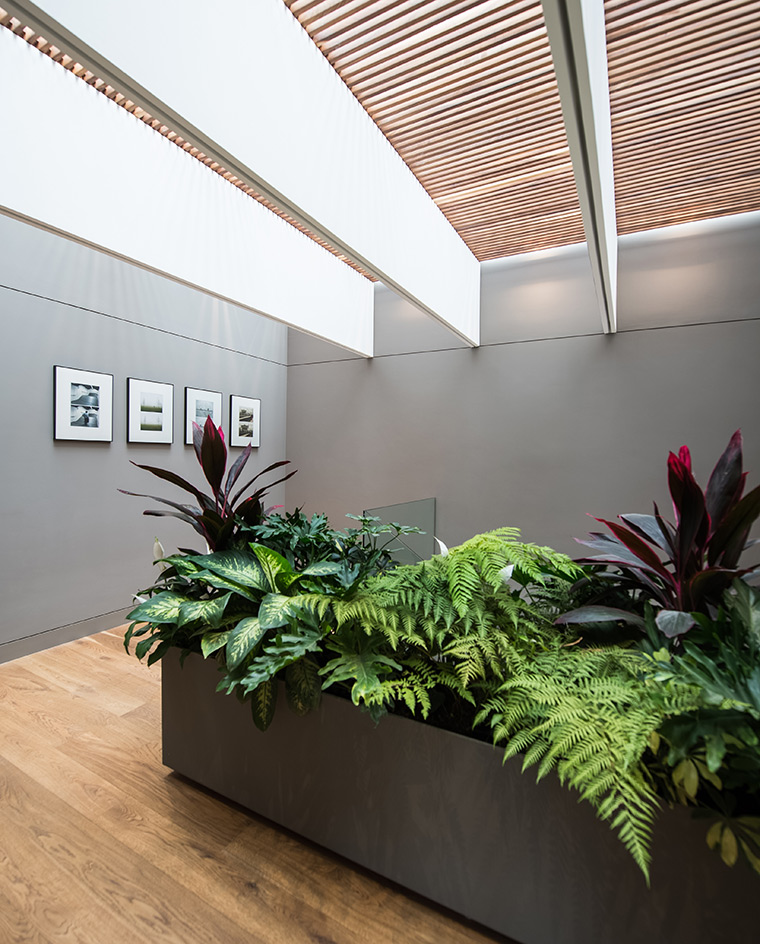
The house’s clever orientation means that natural lights floods all parts of the interior.
INFORMATION
For more information visit the JJRR Arquitectura website
Receive our daily digest of inspiration, escapism and design stories from around the world direct to your inbox.
Ellie Stathaki is the Architecture & Environment Director at Wallpaper*. She trained as an architect at the Aristotle University of Thessaloniki in Greece and studied architectural history at the Bartlett in London. Now an established journalist, she has been a member of the Wallpaper* team since 2006, visiting buildings across the globe and interviewing leading architects such as Tadao Ando and Rem Koolhaas. Ellie has also taken part in judging panels, moderated events, curated shows and contributed in books, such as The Contemporary House (Thames & Hudson, 2018), Glenn Sestig Architecture Diary (2020) and House London (2022).
-
 Men’s Fashion Week A/W 2026 is almost here. Here’s what to expect
Men’s Fashion Week A/W 2026 is almost here. Here’s what to expectFrom this season’s roster of Pitti Uomo guest designers to Jonathan Anderson’s sophomore men’s collection at Dior – as well as Véronique Nichanian’s Hermès swansong – everything to look out for at Men’s Fashion Week A/W 2026
-
 The international design fairs shaping 2026
The international design fairs shaping 2026Passports at the ready as Wallpaper* maps out the year’s best design fairs, from established fixtures to new arrivals.
-
 The eight hotly awaited art-venue openings we are most looking forward to in 2026
The eight hotly awaited art-venue openings we are most looking forward to in 2026With major new institutions gearing up to open their doors, it is set to be a big year in the art world. Here is what to look out for
-
 Aidia Studio's mesmerising forms blend biophilia and local craft
Aidia Studio's mesmerising forms blend biophilia and local craftMexican architecture practice Aidia Studio's co-founders, Rolando Rodríguez-Leal and Natalia Wrzask, bring together imaginative ways of building and biophilic references
-
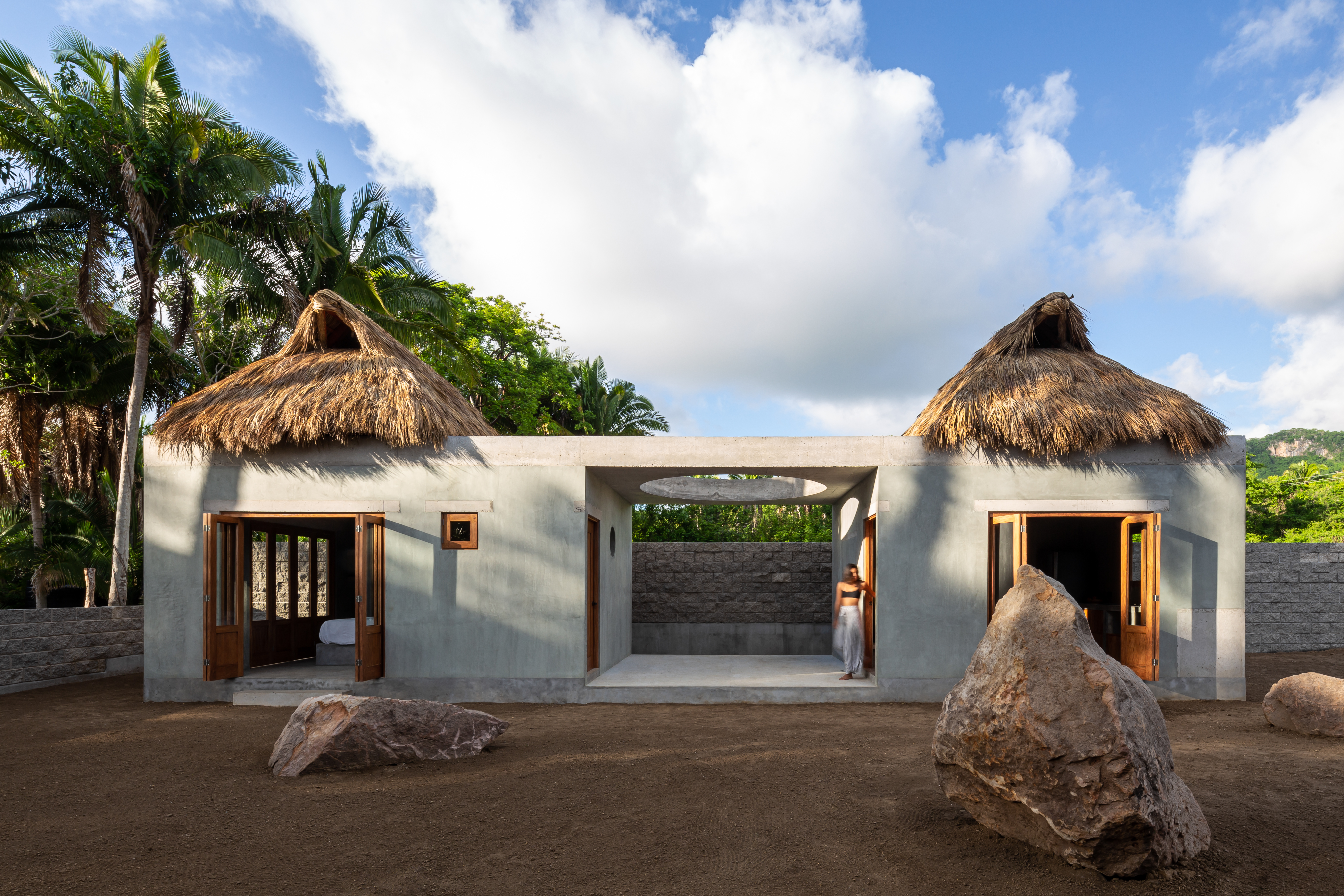 Mexico's Palma stays curious - from sleepy Sayulita to bustling Mexico City
Mexico's Palma stays curious - from sleepy Sayulita to bustling Mexico CityPalma's projects grow from a dialogue sparked by the shared curiosity of its founders, Ilse Cárdenas, Regina de Hoyos and Diego Escamilla
-
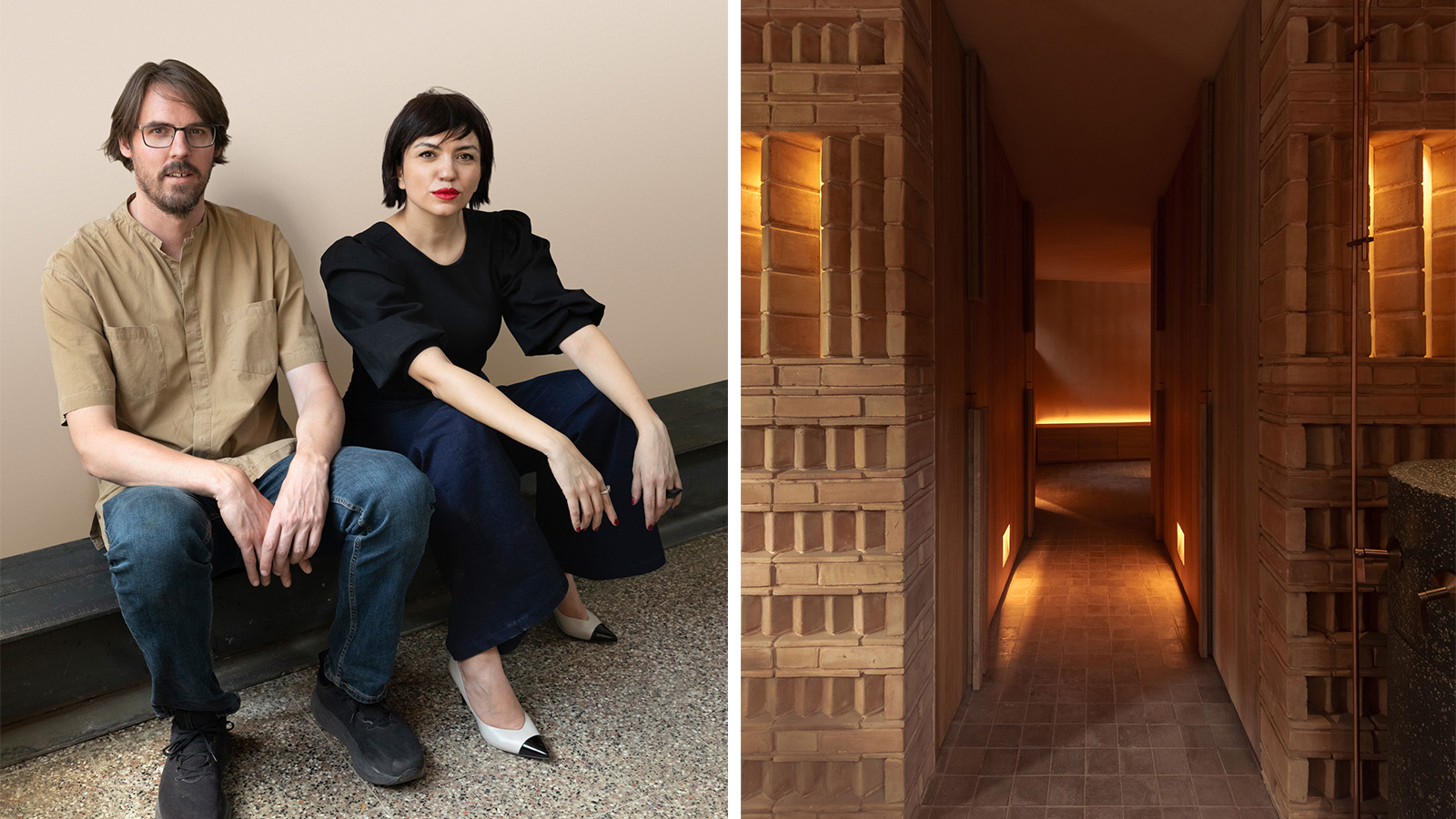 Discover Locus and its ‘eco-localism' - an alternative way of thinking about architecture
Discover Locus and its ‘eco-localism' - an alternative way of thinking about architectureLocus, an architecture firm in Mexico City, has a portfolio of projects which share an attitude rather than an obvious visual language
-
 Deep dive into Carlos H Matos' boundary-pushing architecture practice in Mexico
Deep dive into Carlos H Matos' boundary-pushing architecture practice in MexicoMexican architect Carlos H Matos' designs balance the organic and geometric, figurative and abstract, primitive and futuristic
-
 For Rodríguez + De Mitri, a budding Cuernavaca architecture practice, design is 'conversation’
For Rodríguez + De Mitri, a budding Cuernavaca architecture practice, design is 'conversation’Rodríguez + De Mitri stands for architecture that should be measured, intentional and attentive – allowing both the environment and its inhabitants to breathe
-
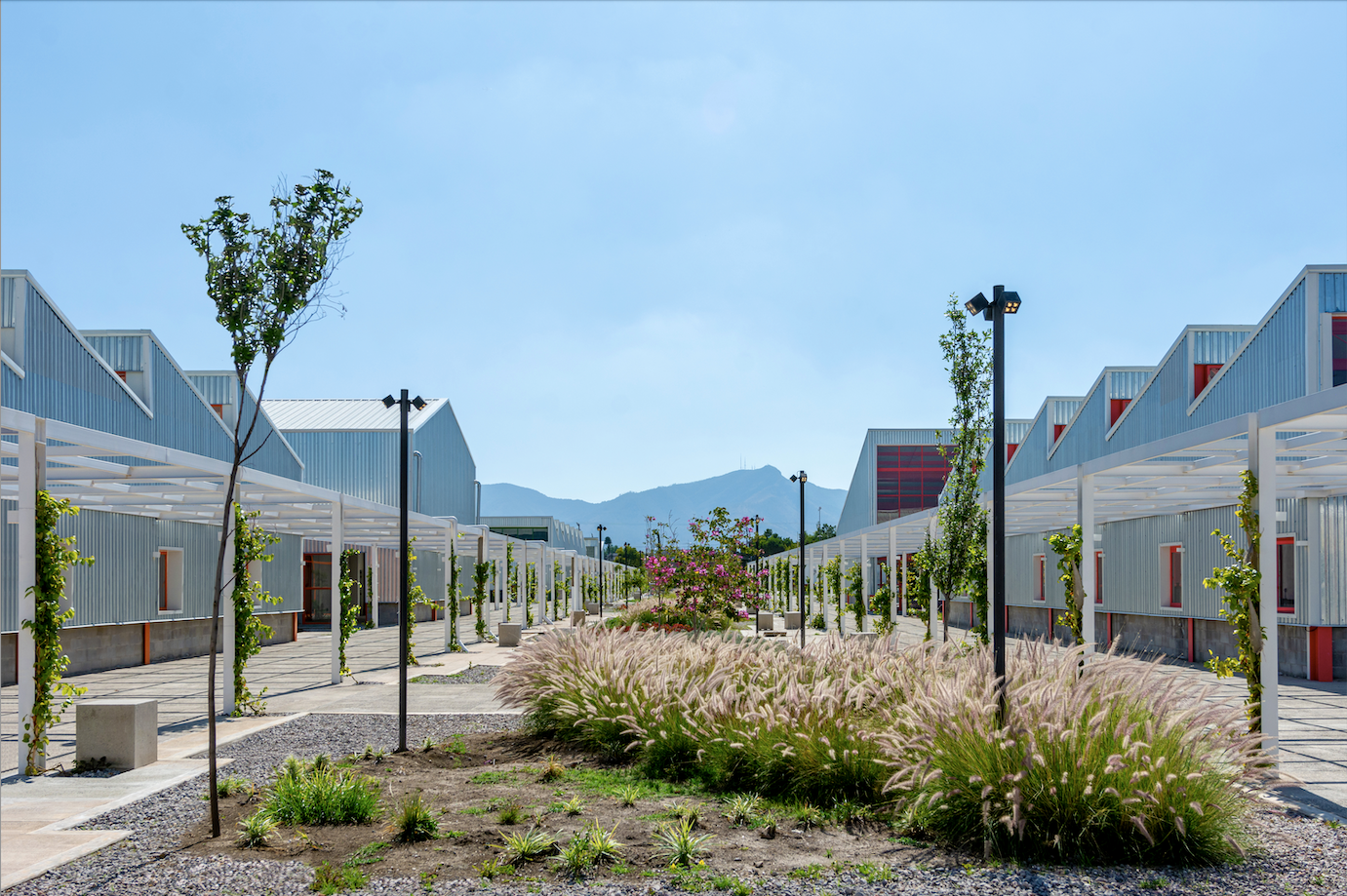 Mexico's Office of Urban Resilience creates projects that cities can learn from
Mexico's Office of Urban Resilience creates projects that cities can learn fromAt Office of Urban Resilience, the team believes that ‘architecture should be more than designing objects. It can be a tool for generating knowledge’
-
 These Guadalajara architects mix modernism with traditional local materials and craft
These Guadalajara architects mix modernism with traditional local materials and craftGuadalajara architects Laura Barba and Luis Aurelio of Barbapiña Arquitectos design drawing on the past to imagine the future
-
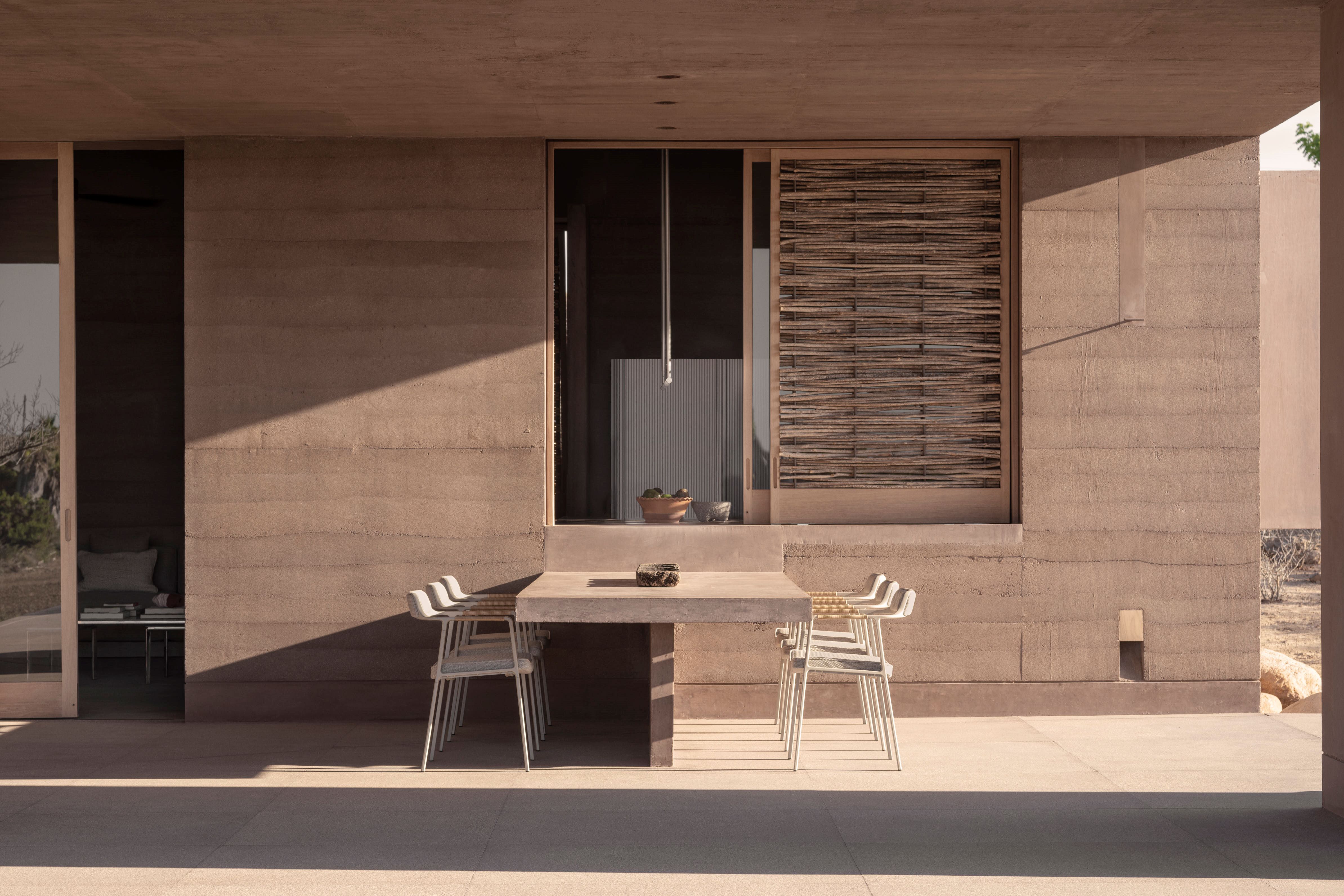 This Mexican architecture studio has a surprising creative process
This Mexican architecture studio has a surprising creative processThe architects at young practice Pérez Palacios Arquitectos Asociados (PPAA) often begin each design by writing out their intentions, ideas and the emotions they want the architecture to evoke